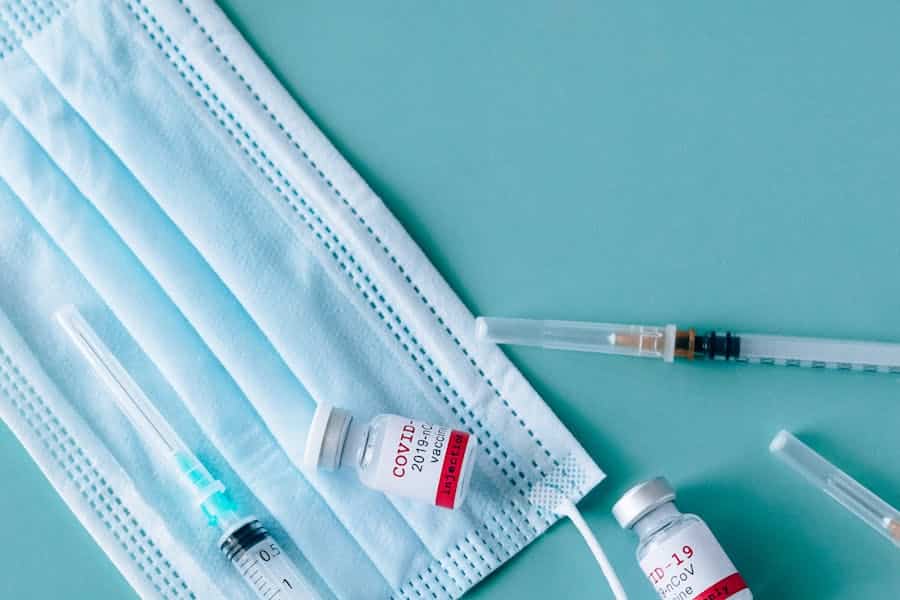
Serious health risks arise when blood is spilled, and it must be handled with care to maintain safety and cleanliness standards effectively. Blood is considered a biohazard due to the presence of dangerous pathogens like HIV, hepatitis, and other bloodborne diseases that can spread infections.
Proper procedures for bio-recovery are essential to address incidents promptly and prevent risks of contamination. This article explores the measures taken during bio-recovery processes and emphasizes the importance of seeking professional assistance, such as blood cleanup by Bio Recovery to ensure proper handling of these situations.
Exploring the Dangers of Blood Spills
Accidents can happen anywhere — in private homes, offices, and public spaces — where blood is spilled and requires immediate attention. Blood is considered a biohazard because it can carry dangerous viruses that may lead to severe health consequences if not properly managed. If not handled correctly, these incidents could lead to outbreaks that pose a risk to community health and safety. Bloodborne pathogens are often invisible to the naked eye and can remain infectious for hours or even days, depending on the environmental conditions. Without proper decontamination, these pathogens can spread easily, resulting in dangerous health consequences for anyone exposed to the contaminated area.
Locating Impacted Regions
The first step in the bio-recovery process is to pinpoint all the areas affected by the spillage. This procedure involves carefully inspecting the scene and checking all surfaces, items, and surroundings that may have been exposed to blood. Professionals use specialized assessment methods, including ultraviolet light or chemical indicators, to ensure that no potentially contaminated areas are overlooked. Identifying all impacted zones is crucial because even a small, overlooked area can result in prolonged contamination, posing continued health risks.
Putting Safety Measures into Action
Ensuring safety is the top priority during bio-recovery operations. Recovery personnel must use appropriate personal protective equipment (PPE), which may include gloves, masks, gowns, and face shields. This equipment helps reduce the exposure to pathogens and protects the well-being of those performing the cleanup while preventing the transmission of infectious agents. PPE also safeguards the surrounding environment, ensuring that the recovery process does not inadvertently contribute to the spread of contamination.
Thoroughly Disinfected
Once the affected regions have been identified and safety measures have been implemented, the next priority is thorough cleaning and disinfection. Experts use specialized cleaning agents that are formulated to break down and neutralize bloodborne pathogens effectively. These potent disinfectants are designed to destroy harmful microbes and ensure that all surfaces are sanitized to the highest standards. The process involves scrubbing, wiping, and sometimes even using advanced tools, such as steam cleaners or ultraviolet light disinfection systems, to achieve the highest level of sanitation.
Procedures for Waste Management
Proper disposal of contaminated materials is a critical step in the bio-recovery process. Items like cleaning rags, PPE, and other disposable materials that have come into contact with blood must be disposed of in a manner that prevents further contamination. Experts adhere to strict protocols and guidelines for the safe handling of biohazardous waste, placing these materials into specialized biohazard containers.
Revitalizing the Ecosystem
After the decontamination and waste disposal processes are complete, the next focus is on restoring the impacted environment to its original condition. This phase may include repairing any damage caused during the cleanup process, such as repainting walls, replacing flooring, or fixing other structural issues. The goal is to bring the area back to a state that ensures comfort, safety, and peace of mind for the occupants. Restoration work is an essential part of the bio-recovery process, as it guarantees that the space is safe to use again and free from contamination.
The Significance of Professional Knowledge
Expertise in bio-recovery is crucial for managing blood spills safely. Handling biohazards requires trained professionals with the knowledge and skills necessary to perform the process efficiently and thoroughly. Their experience ensures that every step of the process, from the initial assessment to the final restoration, is carried out correctly. This reduces health risks and avoids the spread of contamination. Professional knowledge is also crucial in preventing any potential mistakes that could lead to a failure in the cleanup process, putting both the recovery team and others in the vicinity at risk.
Ensuring Adherence to Regulatory Requirements
Bio-recovery services must strictly adhere to regulatory requirements to ensure safety at every stage of the recovery process. These regulations govern all phases of the procedure, from sanitization to waste removal, and are designed to protect both the community and property owners. Compliance with these guidelines is essential not only for public health but also to safeguard property owners from potential legal consequences. Bio-recovery professionals stay up-to-date with the latest industry standards and regulations to ensure full compliance, which provides peace of mind to all parties involved.
Summary
Recovering from a blood spill is a crucial process for maintaining safety, cleanliness, and health in affected environments. A comprehensive bio-recovery strategy involves carefully identifying impacted areas, implementing safety precautions, performing thorough cleaning and disinfection, and ensuring the proper disposal of contaminated materials.





